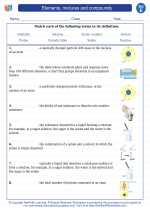Electromagnets
An electromagnet is a type of magnet in which the magnetic field is produced by an electric current. It consists of a coil of wire wrapped around a core material such as iron. When an electric current flows through the coil, it creates a magnetic field around the coil, turning the electromagnet on. When the current is turned off, the magnetic field disappears, turning the electromagnet off.
How do Electromagnets Work?
When an electric current flows through a wire, it generates a magnetic field around the wire. When the wire is coiled, the magnetic fields of each loop add together to create a stronger magnetic field. This is the basic principle behind how an electromagnet works. The core material (such as iron) enhances the magnetic field produced by the current running through the wire. The more turns in the coil and the greater the current, the stronger the magnetic field produced by the electromagnet.
Applications of Electromagnets
Electromagnets have a wide range of applications in everyday life and in various industries. Some common uses of electromagnets include:
- Magentic cranes in junkyards
- Electric door locks
- Magnetic resonance imaging (MRI) machines
- Speakers
- Electric motors and generators
- Electric bells and buzzers
Study Guide for Electromagnets
Key Concepts
- What is an electromagnet?
- How is an electromagnet different from a permanent magnet?
- What factors affect the strength of an electromagnet?
- What are the applications of electromagnets?
Key Terms
- Electromagnet
- Core material
- Magnetic field
- Electric current
- Coil
- Turns
Activities
1. Build an electromagnet: Wrap a coil of wire around a nail and connect the ends of the wire to a battery. Test the strength of the electromagnet by seeing how many paper clips it can pick up.
2. Investigate the factors affecting the strength of an electromagnet: Vary the number of turns in the coil and the amount of current flowing through the wire to observe their effects on the strength of the electromagnet.
Understanding the principles of electromagnets is important in various fields, including physics, engineering, and technology. It is also fundamental in understanding how many devices and machines function in our modern world.
.◂Science Worksheets and Study Guides Fifth Grade. Elements, mixtures and compounds

 Activity Lesson
Activity Lesson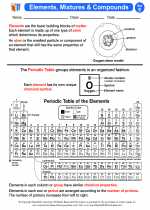
 Worksheet/Answer key
Worksheet/Answer key
 Worksheet/Answer key
Worksheet/Answer key
 Worksheet/Answer key
Worksheet/Answer key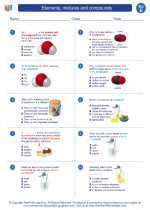
 Worksheet/Answer key
Worksheet/Answer key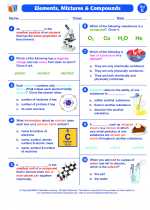
 Vocabulary/Answer key
Vocabulary/Answer key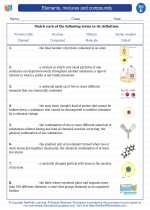
 Vocabulary/Answer key
Vocabulary/Answer key